Top 9 Most Beautiful Historical Sites in Bhutan
Bhutan, a Buddhist country, is home to a plethora of monasteries and other ancient architectural marvels. Among the regions that can be located there. The ... read more...Burning Lake and Trongsa Dzong, two of Bhutan's most valued heritage monuments, are located in central Bhutan. It served as the seat of authority for Bhutan's first and second kings due to its strategic location. Most importantly, the region is just blessed with an abundance of pristine vegetation and fauna. Take a trip to this wonderful location and marvel at nature's splendor. Here are 9 most beautiful historical sites in Bhutan that you’ll want to see.
-
Taktsang Palphug Monastery, also known as Paro Taktsang or Tiger's Nest - one of the most beautiful historical sites in Bhutan, is a sacred Vajrayana Buddhist establishment perched on the cliffs of the Paro valley in Bhutan.
The monastery is located 10km north of the Paro valley and is nestled on a precarious cliff at an altitude of 3,120m above sea level. The slopes are very steep and almost vertical. The buildings of the monastery were built to cling firmly to the rock face in a manner "like a gecko clinging to a cliff". Although the Paro Taktsang complex may seem rugged and difficult to access, there are many paths leading up to the monastery, such as the path from the northwest through the forest, the trail south, and the path from the North through the rocky plateau. The monastery complex is often covered by clouds, creating a feeling of remoteness and magic.
Here, everything becomes sacred and mystical. The starting point of the trail is a large water prayer wheel placed by a flowing stream. The people of Bhutan believe that when water touches this sacred object, the water will become a source of blessings and that pure energy will be spread and instilled into all living beings downstream.
Location: Paro, Bhutan
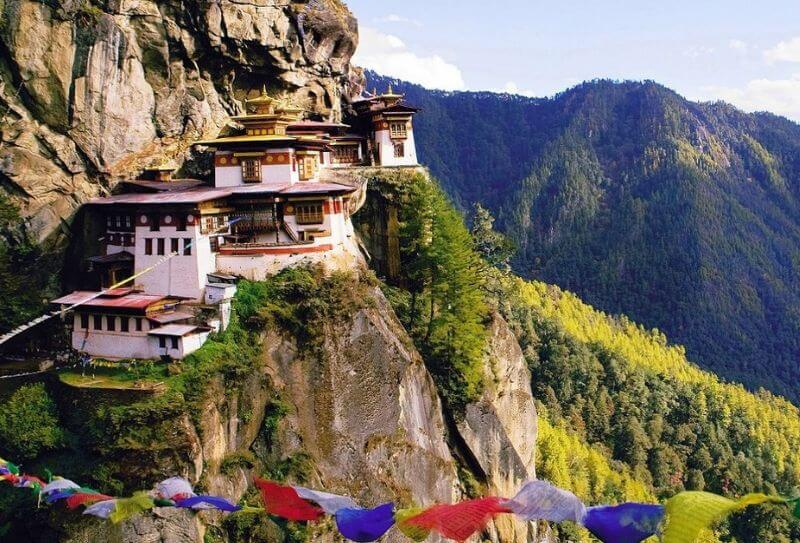
Photo: http://vyctravel.com/ 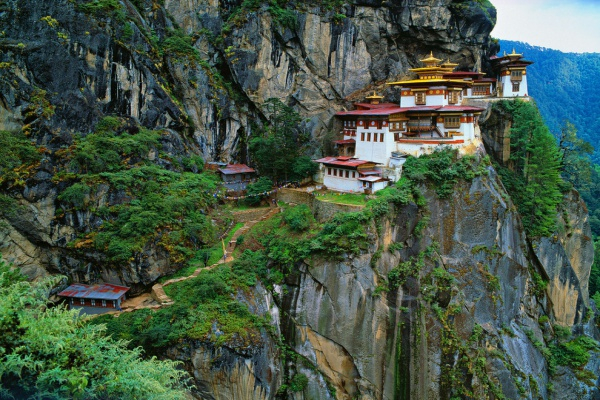
Photo: https://www.migolatravel.com/ -
Bhutanese consider Burning Lake to be one of their most important pilgrimage locations. It is locally known as Mebar Tsho and has religious roots dating back to the 15th century. Terton Pema Lingpa had a vision of the spiritual treasures that Guru Rimpoche had concealed decades before in the lake, according to folklore. The inhabitants of Tang, as well as the local monarch, were skeptical of his assertions. Pema Lingpa leaped into the lake with a butter light in his hand to substantiate his assertions. He resurfaced after a long period beneath the water, holding a chest and a scroll of parchment, and the butter light in his palm was still burning brightly. Mebartsho was the name given to the lake after that (the Burning Lake).
The Burning Lake, Mebar Tsho known as one of the most beautiful historical sites in Bhutan, is located along the feeder route under Bumthang valley on the way to Tang village. From Chamkhar town, the Mebar Tsho is about a thirty-minute drive away.
Because it is linked to the famed religious treasurer (Terton) Terton Pema Lingpa, Mebar Tsho is considered one of the most sacred locations in the region. In the late 15th century, Pema Lingpa, an incarnated pupil of Padmasambhava, discovered riches within the lake.
Today, this small freshwater lake is a significant pilgrimage spot for Bhutanese, surrounded by vivid rainbow prayer flags and a small altar dedicated to Terton Pema Lingpa. People light butter lights at the lake on auspicious days. Many travelers come to see the breathtaking splendor of this significant historical and religious site.
Location: Bumthang, Bhutan
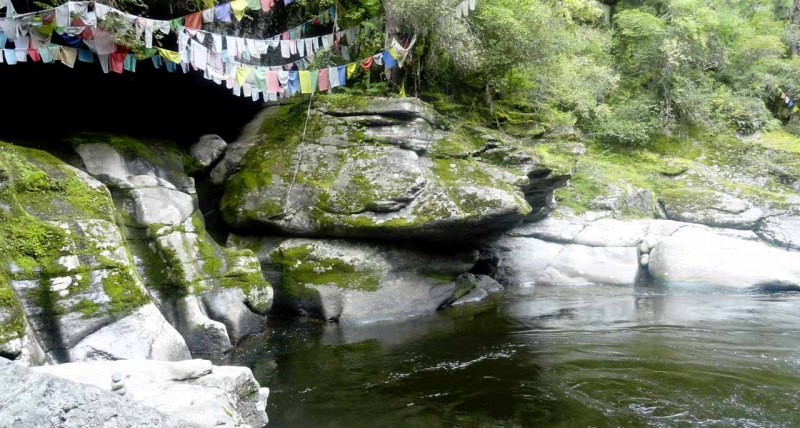
Photo: http://bhutanambassadorholidays.com/ 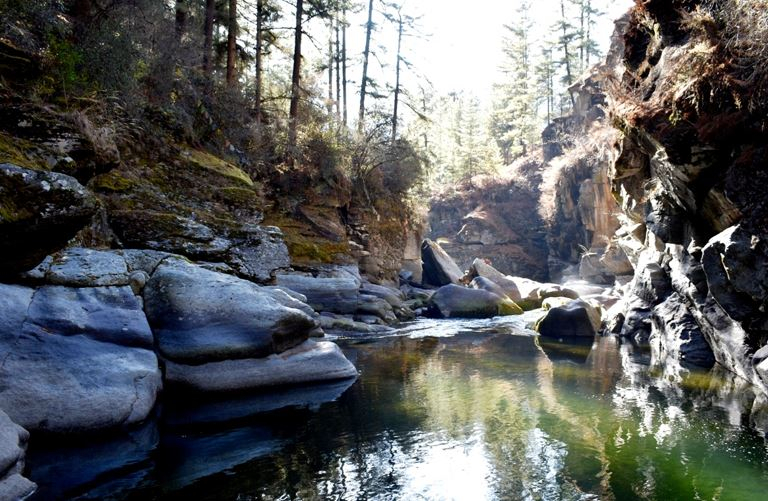
Photo: http://bhutanambassadorholidays.com/ -
This lively one-street town in Bumthang has a plethora of restaurants and handicraft shops. Chugo, a firm, chewy dried cheese snack beloved among Bhutanese, is sold in large quantities in Jakar. Internet cafés and espresso bars have already begun to sprout in this area.
The Jakar Dzong, or "White Bird Castle," dominates the Chamkhar valley and looks down on the town. The Dzong, built-in 1549 by the Tibetan Lam Nagi Wangchuk, served as the castle of defense for the entire eastern Dzongkhags. It also served as the residence of Bhutan's first monarch.
The Dzong's Utse or Central tower, which stands about fifty meters tall and stands out among Bhutan's other Dzongs, is a unique feature. The Dzong also had a covered tunnel with two parallel walls joined by defended towers, which provided access to water to the fortress's population in the event of a siege. To this day, the protected water supply remains intact. When you enter, you'll pass through a narrow courtyard with monks' quarters and administrative offices on the east and west sides. Standing in the front courtyard, guests can take in the panoramic view of the Chokhor Valley.
Location: Jakar, Bhutan
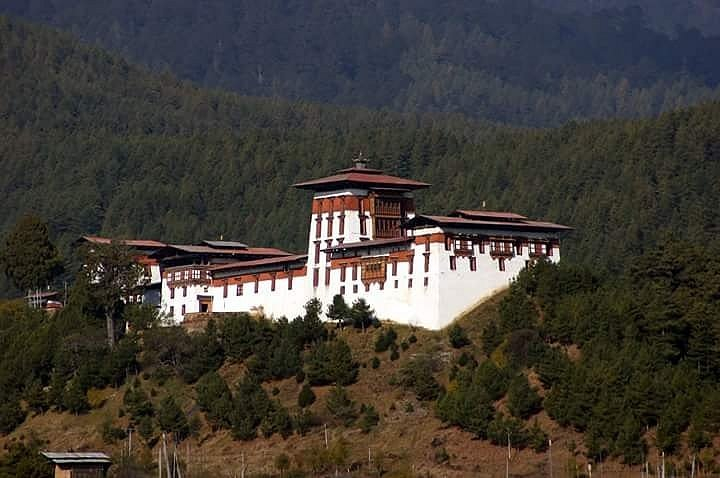
Photo: https://www.tripadvisor.com.vn/ 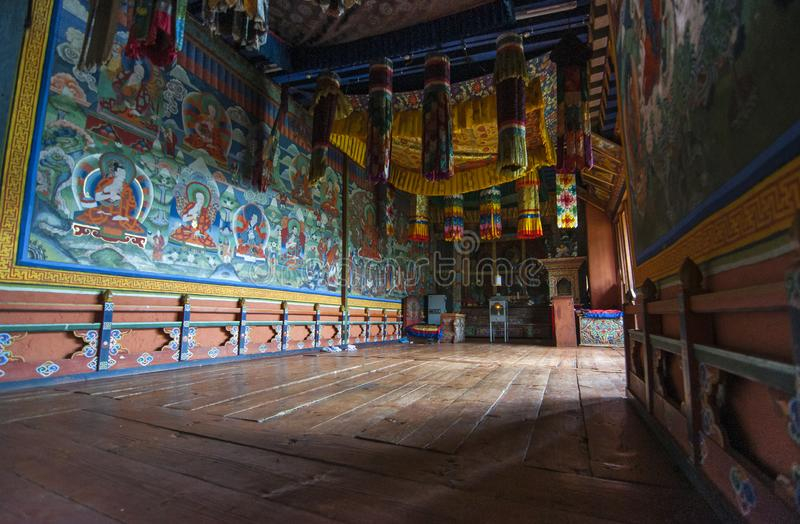
Photo: https://www.dreamstime.com/ -
The Vanguard of the Warriors - Trongsa Dzongkhag is located near the center of Bhutan and, because of its strategic location, was once considered vital in controlling the country.
This hamlet is located on a rocky ridge with breathtaking views of the vast valleys that surround it. The balconies of the numerous hotels, guesthouses, and restaurants all offer breathtaking views. Because it is built atop a steep slope that drops off into the skies on its south side, Trongsa Dzong is easily visible from wherever in town and is usually an amazing sight.
The Trongsa Dzong, which was erected in 1644, was the Wangchuck dynasty's seat of power before they became kings of Bhutan in 1907. The King of Bhutan is traditionally known as the Trongsa Penlop (governor) before being named the Crown Prince and then the King. For centuries, the dzong, which was built on a mountain spur high above the Mangde Chhu's gorges, ruled over the east-west trade. Trongsa also has a fantastic museum. Trongsa's watchtower has been transformed into a Wangchuck dynasty museum, and it's a great site to learn about the kingdom's history.
During December or January, the Trongsa tshechu, a five-day event, is celebrated in the northern courtyard. Every monastery in Bhutan celebrates this event, which commemorates Guru Rimpoche's arrival in Bhutan in the eighth century as a symbol of Buddhism's triumph over evil. According to the Bhutanese calendar, it takes place in the spring and fall seasons.
Location: Trongsa, Trongsa district, Bhutan
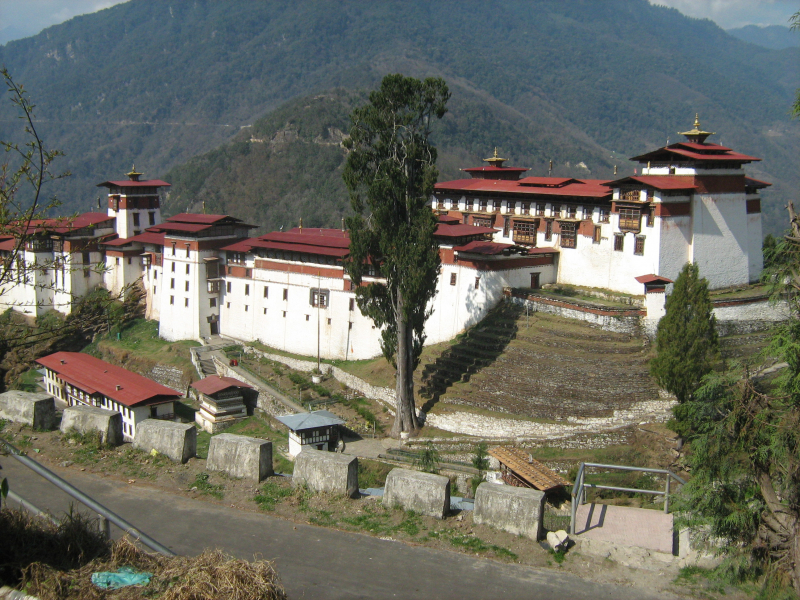
Photo: https://vi.m.wikivoyage.org/ 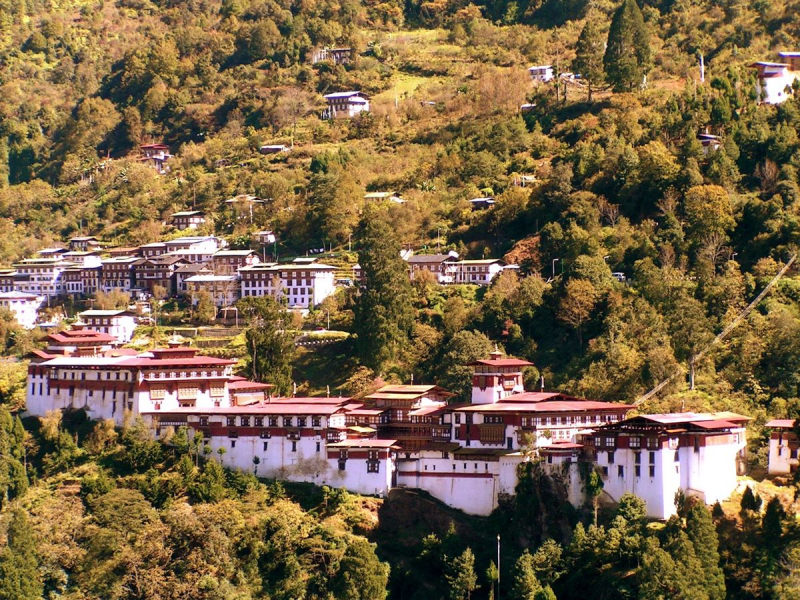
Photo: https://en.wikipedia.org/ -
Ta Dzong is a conch-shaped fortification in Paro, located above Rinpung Dzong on the bank of the River Mangde. The Ta Dzong was established during the reign of the 2nd Desi, Ngoenpa Tenzin Dugda, to safeguard the Rinpung Dzong from Tibetan and Indian attacks. Under the authority of the 3rd Dragon King of Bhutan, Jigme Dorji Wangchuck, the once spectacular castle of Ta Dzong was converted into the National Museum of Bhutan in the 17th century.
The National Museum of Bhutan, which houses over 3000 items dating back to 1500 years, has made Ta Dzong a must-see destination in Paro Valley for curious visitors to Bhutan. It is considered as one of the most beautiful historical sites in Bhutan.
The Ta Dzong Is remarkable spherical form was constructed entirely of stone and wood, with no nails used. The structure of Ta Dzong is extremely sturdy, despite being made entirely of stone and wood. Unlike other dzongs in Bhutan, Ta Dzong was spared during the 1714 earthquake, which lasted over 15 days.
Even the earthquake of 1896 did not destroy Ta Dzong. Surprisingly, no information concerning the construction of Ta Dzong exists. In Ta Dzong, there is an underground conduit that is thought to connect the tower to the Pa Chhu River and was used to deliver water to the tower during times of war.
Location: Trongsa, Trongsa District, Bhutan
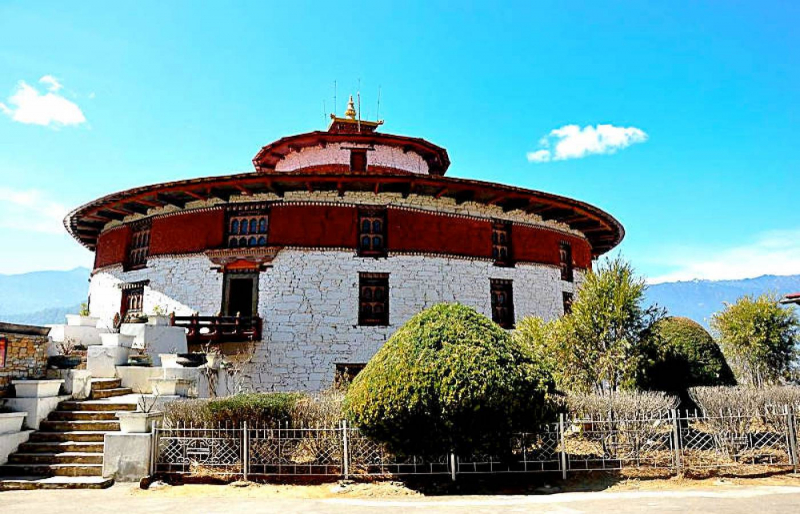
Photo: https://www.himalayan-dreams.com/ 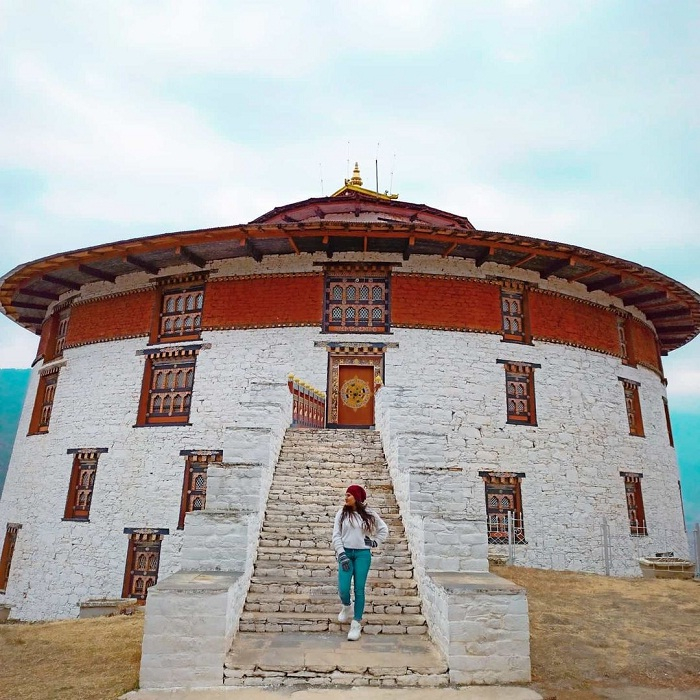
Photo: https://luhanhvietnam.com.vn/ -
This mansion, which is more of a house than a palace, is still used by the royal family on exceptional occasions, particularly by the fifth monarch. Jigme Dorji Wangchuck, the country's third king, was born in this house in the 1920s. His Majesty was born here on May 2, 1928, to King Jigme Wangchuck and Ashi Puntsho Choden. Thurepang Palace was where he spent the majority of his early childhood years. The Eundu Choling Palace, which was the winter residence of the 1st King Ugyen Wangchuck, is another interesting palace. It is ideally located above the Trongsa Dzong, up the road. The palace's architecture is evocative of typical Bhutanese homes, with a large courtyard and smaller cottages around that housed the royal family's attendants.
Kuenga Rabten Palace is 23 kilometers away. The drive from Trongsa to Kuenga Rabten is roughly an hour long and takes you through open countryside high above a river gorge. Because the land in this region slopes gently and farming is well developed, there is plenty to see in the fields and communities as one speeds through. The Palace is easily visible just below the road on the right as one enters Kuenga Rabten. It was the second king's winter residence, and it is presently managed by the National Commission for Cultural Affairs. This nice day journey from Trongsa provides additional insight into Bhutan's monarchy's early days.
Location: Trongsa, Bhutan
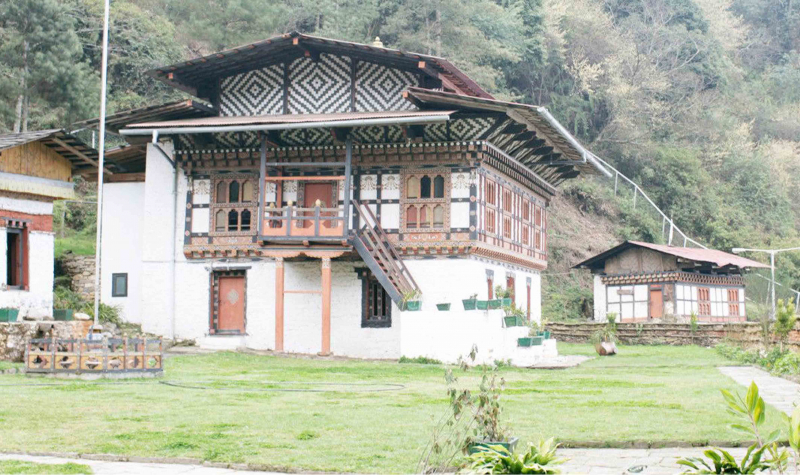
Photo: https://www.bhutanpeacefultour.com/ 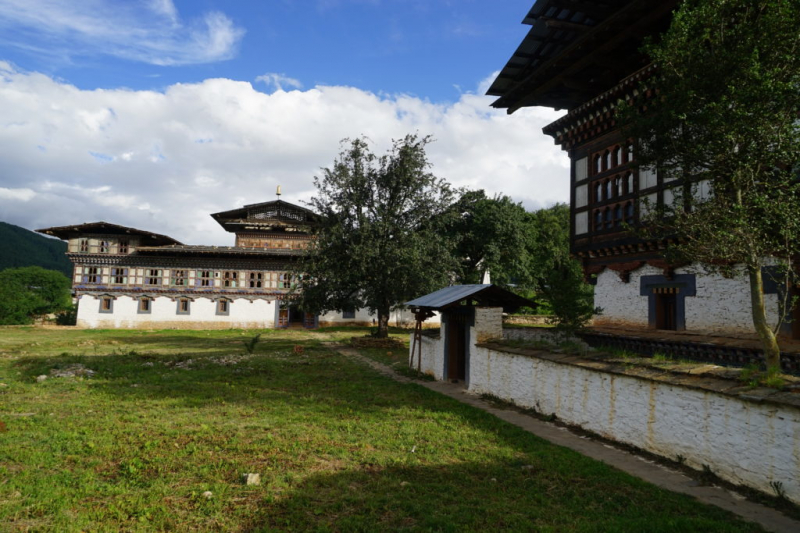
Photo: https://www.bhutanfound.org/ -
Trongsa was previously the seat of government, ruled by the first and second kings of Bhutan, due to its strategic location. The Trongsa was also a system that regulated trade between Central and eastern Bhutan. A plethora of festivals is held here to wish for good prosperity, not only in business but also in life. Every year in December, the Tshechu is a three-day festival. On the last day of the event, people from all across Trongsa come together for a festival of masks, dances, prayer, and blessings from the mystical Nang Tens.
The Trongsa Dzong is one of Bhutan's most impressive structures. It is situated on a ridge and boasts a stunning building with around 30 temples. A temple to Gesar may be found on the "watch tower," or Ta Dzong, which sits on a ridge above the Dzong and overlooks the Dzong. Trongsa Tshechu is one of Bhutan's oldest Tshechus. Tshechu is thought to have spread throughout Bhutan from Trongsa Dzongkhag. All of the chams/dances are identical to those of other Dzongkhags' ordinary Tshechu (Rang lug gi Cham). A Thongdrol is unfurled on the last day.
Location: Trongsa Dzong, Trongsa, Bhutan
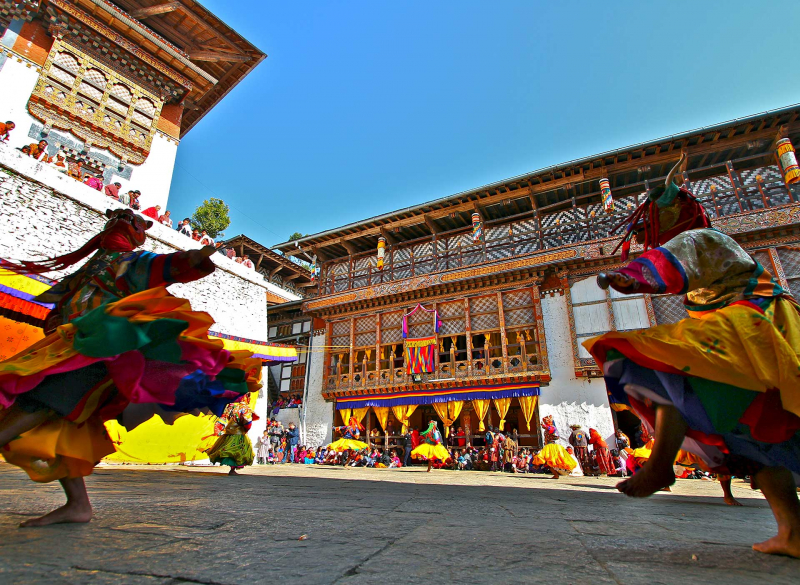
Photo: http://bhutankoryotours.com/ 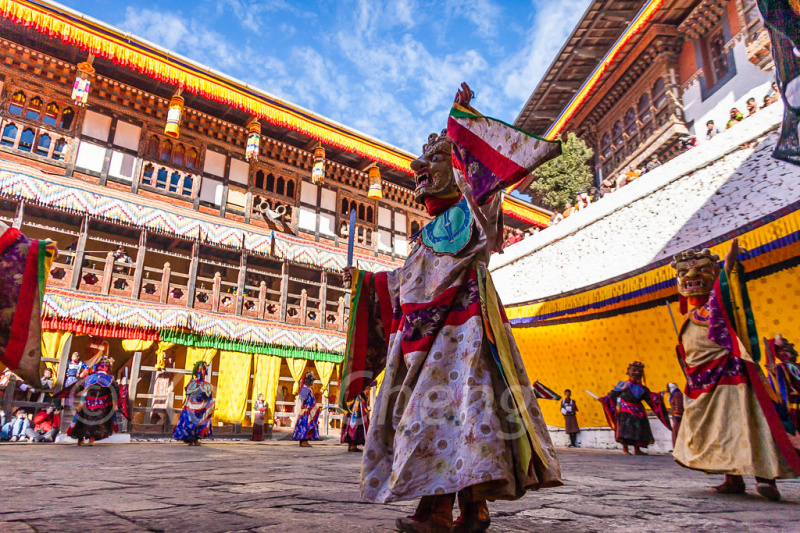
Photo: https://www.flickr.com/ -
The park has great universal significance, according to UNESCO, because it has eight different cat species found in the same area, which is quite rare in the world, and it also boasts the world's highest tiger density. It also has spectacular scenery and unusual fauna and plant life, including golden langurs, one-horned rhinoceros, and Ganges River dolphins.
The Royal Manas National Park, often known as the "Conservation Showpiece of the Kingdom," is Bhutan's oldest park. The protected region is blessed with a tropical and subtropical ecosystem that encourages the growth of a diverse range of flora and fauna, as well as a rich genetic depository of valuable plants. The park is bordered on the south by the Assam National Park, and on the north by the Jigme Singye Wangchuck National Park.
The park's uncommon and endangered animals, as well as over 900 plant species, are all addressed in the 5-year conservation plan, which includes the Golden Langur and Rufous Necked Hornbills. The Bhutanese Nature Conservation Division and the World Wildlife Fund have helped to maintain the park's biological balance while also upgrading the park's infrastructure, conducting socio economic assessments, and training park staff.
Location: Pemagatshel, Sarang, Zhenggang, Bhutan
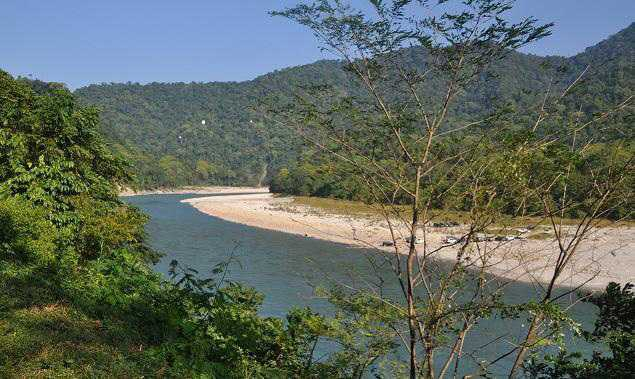
Photo: https://www.holidify.com/ 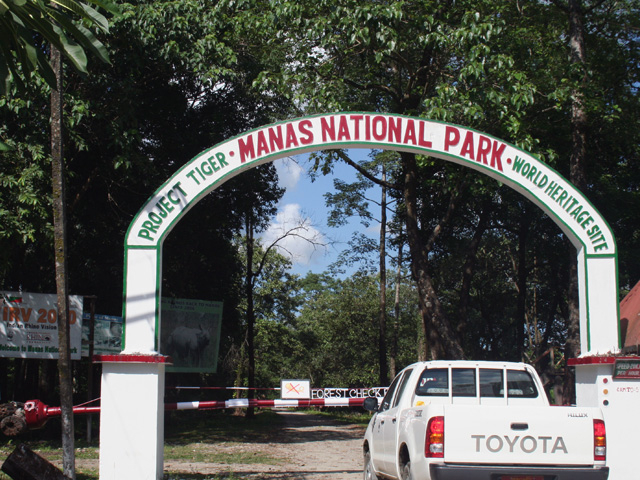
Photo: https://www.windhorsetours.com/ -
Zhemgang is a region with a staggering amount of biodiversity. There are 22 endangered animal species in its beautiful woodlands, including the Golden Langur. The district's northern sections have reasonably temperate temperatures, even though much of it is hot and humid.
Zhemgang is unique in that it is one of the remaining places in the world where traditional Bon (Animist) religious traditions are still practiced. Even though Buddhism is gaining popularity in the area, animist traditions are still practiced in every region, and Bon priests known as Bonpo are revered religious leaders. Zhemgang's residents are known for their rich culture, especially their folk music and dances. They're also known for their ability to make Bangchungs (matted bamboo bowls), Palangs (alcohol containers), Balak's (hats), mats, and boxes out of bamboo. They are also skilled potters, and their earthenware has long been admired throughout the country.
Buli Lhakhang and Tharpa Choeling Lhakhang are two of the most well-known Buddhist temples in the area. Terton Pema Lingpa, a prominent revealer of Guru Rimpoche's buried holy treasures, built these ancient temples.
The Royal Manas National Park is one of Zhemgang's most noteworthy attractions. The Kingdom of Bhutan's oldest nature preserve is this protected park. Hundreds of unique animal and plant species, such as Golden Langurs, Gangetic Dolphins, and the Asian One-horned Rhinoceros, are found nowhere else on the planet thanks to its extraordinary biodiversity. The park is the kingdom's most biologically diversified protected region, as well as one of the world's most renowned wildlife reserves.
Location: Zhemgang, Bhutan
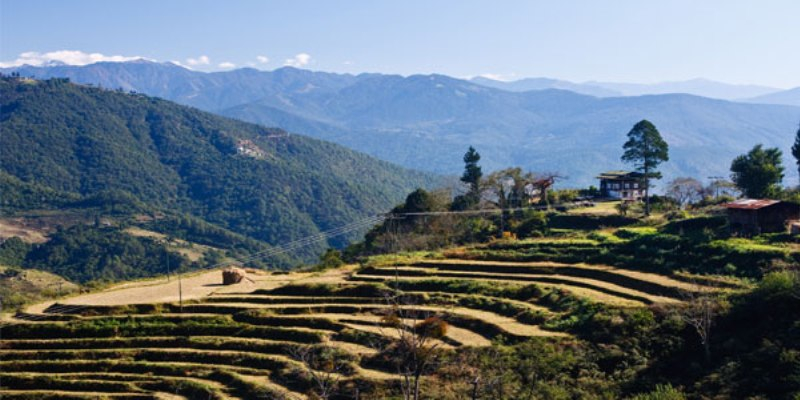
Photo: https://www.specialbhutan.com/ 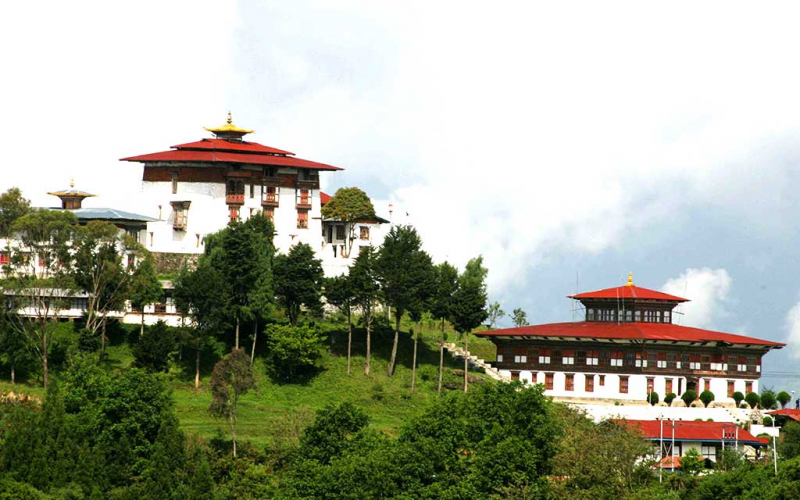
Photo: http://www.bhutannorter.com/






























